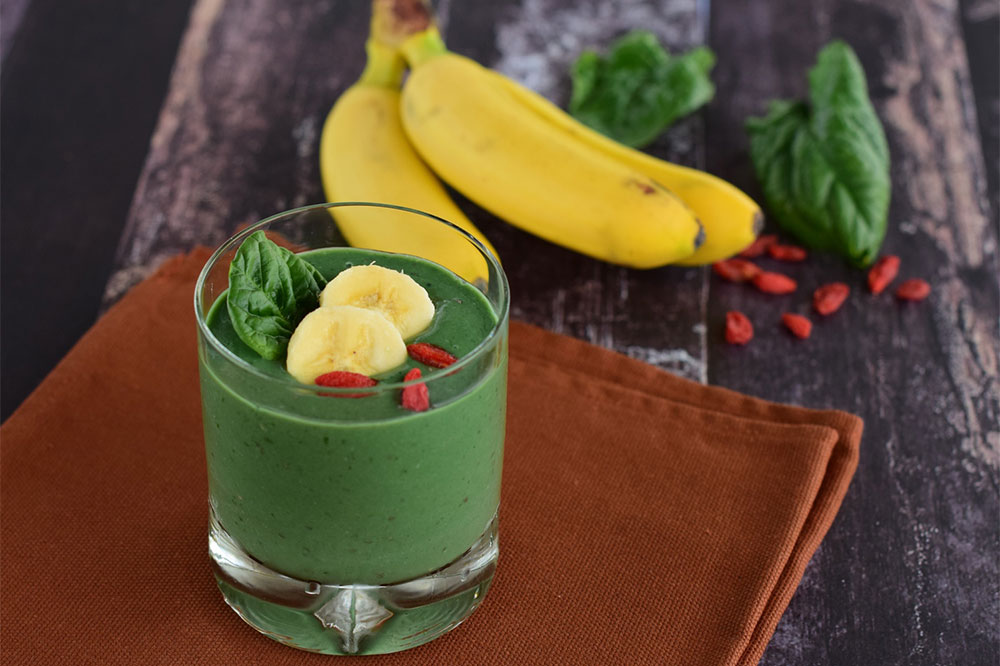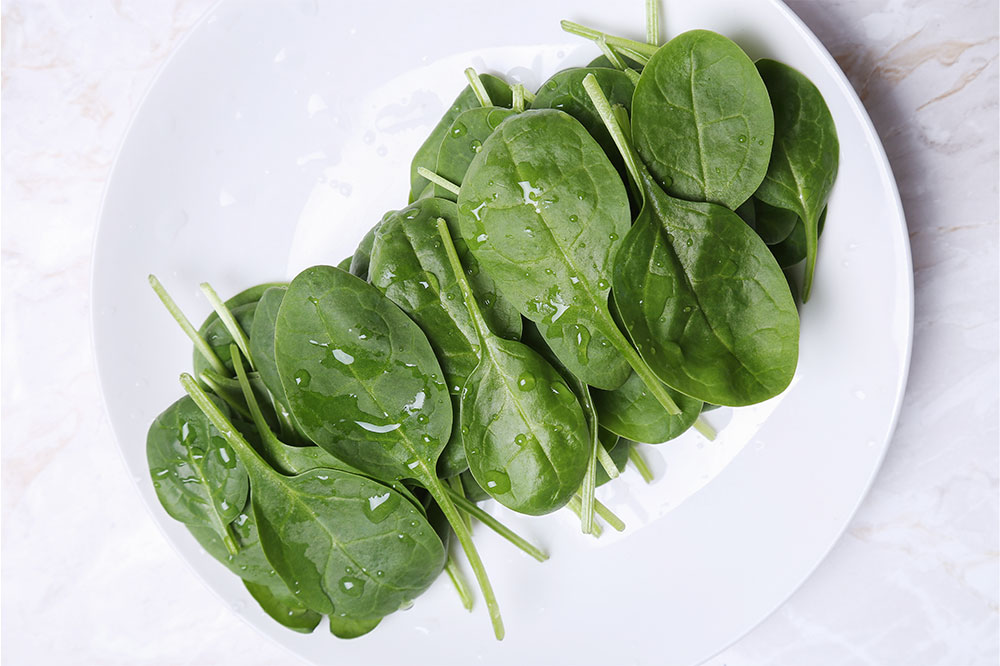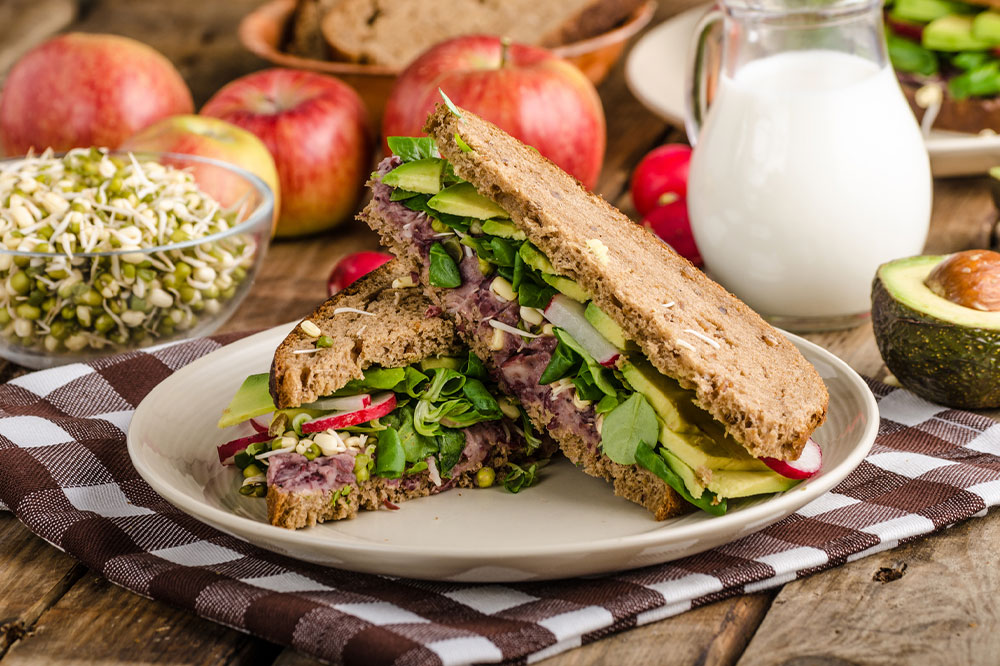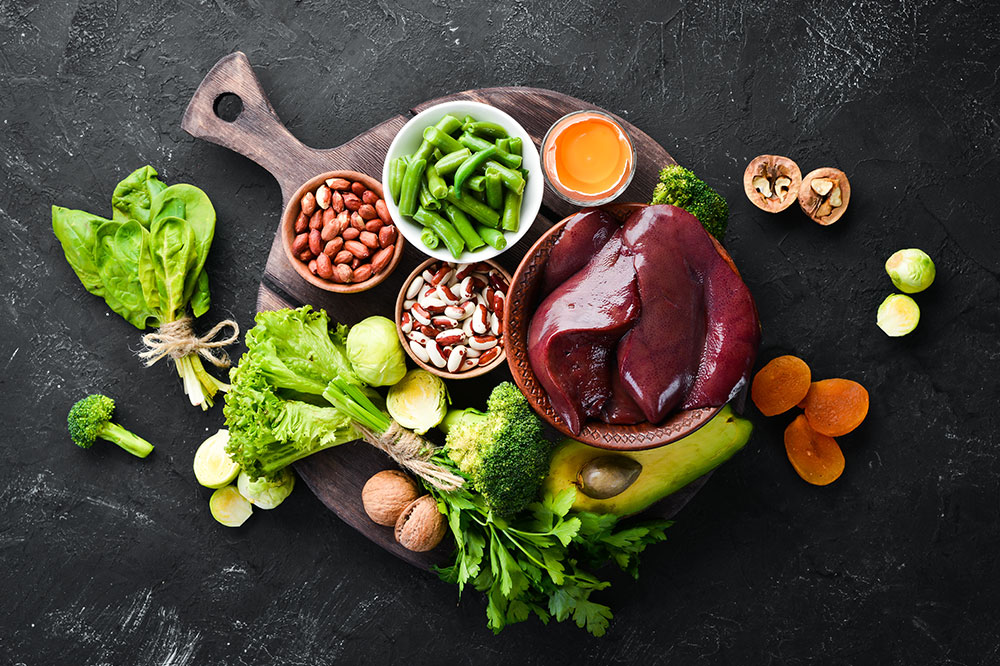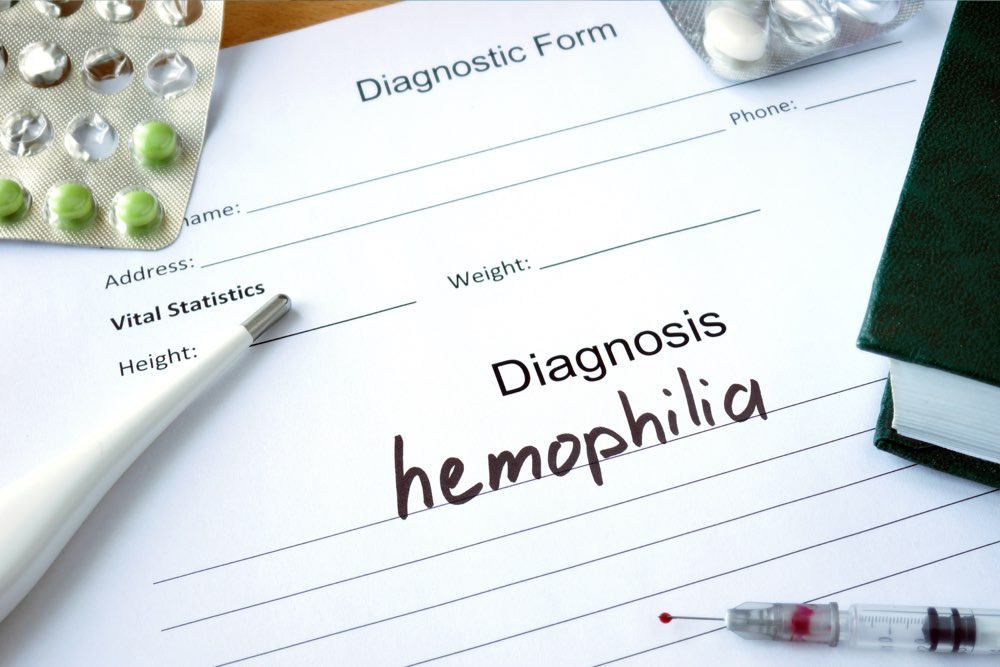Comprehensive Guide to Nutrition: Top 4 Foods to Support Hemophilia Management and Improve Quality of Life
This comprehensive article explores four essential nutritional foods—whole grains, calcium-rich foods, leafy greens, and iron-rich options—that can significantly aid in managing hemophilia. Proper dietary choices support vascular health, strengthen bones, enhance blood clotting, and boost recovery, improving quality of life for individuals with hemophilia. Combining medical treatment with tailored nutrition is key to effective management and long-term health.
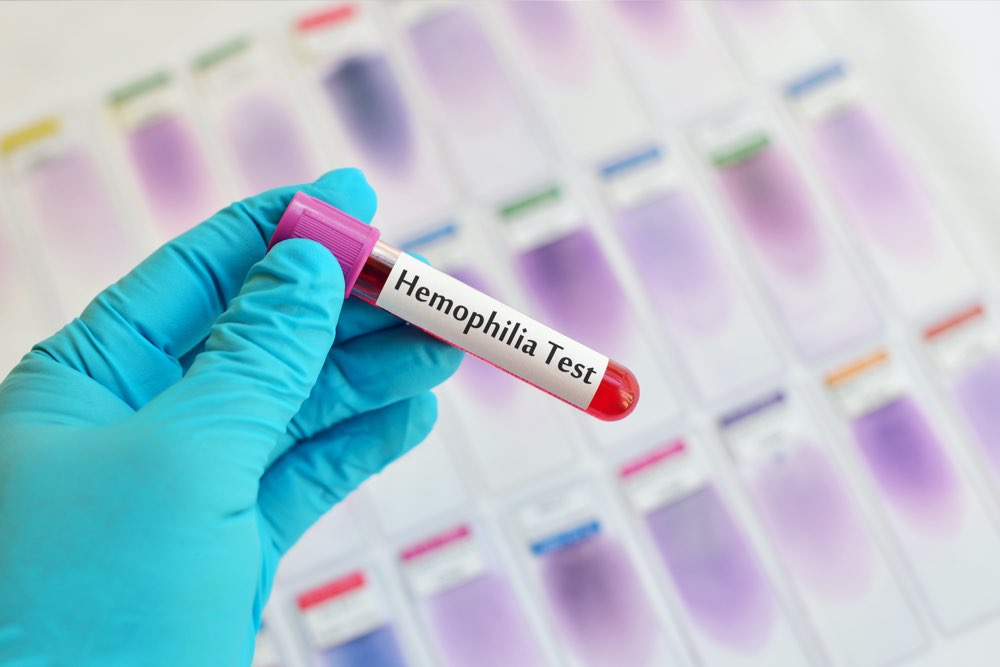
Comprehensive Guide to Nutrition: Top 4 Foods to Support Hemophilia Management and Improve Quality of Life
Hemophilia is a genetically inherited bleeding disorder that primarily manifests in childhood but can affect individuals at any age. Characterized by the blood's diminished ability to clot, this condition predisposes patients to excessive bleeding episodes that can be life-threatening if not properly managed. The root cause of hemophilia lies in a deficiency or malfunction of specific clotting factors, essential proteins in the blood coagulation process. When these factors are deficient, even minor injuries can result in prolonged bleeding, internal hemorrhages, and other severe complications.
While conventional treatments such as infusion of clotting factor concentrates, physical therapy, and preventive medical care form the backbone of hemophilia management, recent research underscores the importance of dietary strategy in controlling symptoms and improving overall health. Proper nutrition can help strengthen blood vessels, improve bone health, reduce inflammation, and support recovery processes, ultimately enhancing the quality of life for individuals living with hemophilia. This comprehensive guide discusses four key nutritional categories—whole grains, calcium-rich foods, leafy greens, and iron-rich foods—and how incorporating these into daily diets can provide meaningful benefits for hemophilia patients.
1. Whole Grains to Promote Vascular Health and Reduce Inflammation
Whole grains such as oatmeal, brown rice, barley, and quinoa are rich in dietary fiber, essential vitamins, and minerals that contribute significantly to overall health. For hemophilia patients, consuming whole grains can have specific benefits. The high fiber content aids in stabilizing blood sugar levels, which is vital for cardiovascular health and preventing metabolic disorders. Furthermore, whole grains have anti-inflammatory properties that help lower the risk of chronic inflammation—a common denominator in vascular damage and bleeding episodes in hemophilia.
Research suggests that regular consumption of whole grains may reduce the incidence of atherosclerosis and stroke, conditions that can exacerbate bleeding issues or complicate existing health problems. Incorporating these foods into the diet provides a steady energy supply and supports the immune system, both crucial for individuals managing a hereditary bleeding disorder.
2. Calcium-Rich Foods to Strengthen Bones and Support HemostasisCalcium is critical for maintaining strong, healthy bones and teeth, which is essential when managing hemophilia. Bone fragility is a common concern in hemophilia patients due to limited mobility or joint damage caused by repeated bleeding episodes. Sufficient calcium intake can help prevent fractures, reduce joint damage, and support the healing process. Dairy products such as milk, cheese, and yogurt are well-known calcium sources. Additionally, fatty fish like sardines, mackerel, and pilchards offer not only calcium but also omega-3 fatty acids, which play a role in reducing inflammation and improving blood flow.
Regular consumption of calcium-rich foods helps reinforce bone integrity and can decrease the risk of internal bleeding stemming from osteoporosis or weakened bones. Maintaining optimal calcium levels supports the body’s natural ability to control bleeding and recover from hemorrhagic episodes efficiently.
3. Leafy Greens for Blood Clotting and Vital Nutrients
Dark leafy vegetables such as kale, spinach, collard greens, and Swiss chard are packed with essential vitamins and minerals that promote healthy blood clotting and strengthen the vascular system. One of the most important nutrients in these greens is vitamin K, which plays a vital role in synthesizing clotting factors. For people with hemophilia, ensuring adequate vitamin K intake can support blood coagulation and reduce bleeding severity.
Aside from vitamin K, leafy greens also provide antioxidants, magnesium, and other micronutrients that combat oxidative stress and support overall cardiovascular health. Incorporating a variety of greens into meals—whether as salads, smoothies, or cooked dishes—can significantly enhance nutrient intake and bolster the body's natural defense mechanisms against bleeding complications.
4. Iron-Rich Foods for Hemoglobin Production and Red Blood Cell RestorationIron is a fundamental mineral involved in producing hemoglobin—the protein responsible for oxygen transport within red blood cells. For hemophilia patients, episodes of bleeding often lead to anemia or reduced oxygen-carrying capacity, which can cause fatigue and impair recovery. Ensuring adequate iron intake helps replenish these levels, supporting energy production and tissue repair.
Foods high in iron include dark chocolate, white beans, lentils, baked potatoes, and dried fruits. For easier absorption, combining iron sources with vitamin C-rich foods like citrus fruits, bell peppers, and tomatoes is recommended. Proper iron intake not only mitigates anemia but also enhances the body's resilience against internal bleeding and facilitates quicker recovery following hemorrhagic episodes.
In conclusion, integrating these four key food groups into daily diets offers a holistic way to support hemophilia management. By emphasizing whole grains, calcium-rich foods, leafy greens, and iron-rich options, patients can improve vascular and bone health, support blood clotting, and strengthen their overall resilience against bleeding complications. Always consult healthcare professionals or a registered dietitian before making significant dietary changes, especially for individuals with complex health conditions like hemophilia. With a balanced diet combined with medical treatment, those affected by hemophilia can lead healthier, more active lives and better manage their condition.
